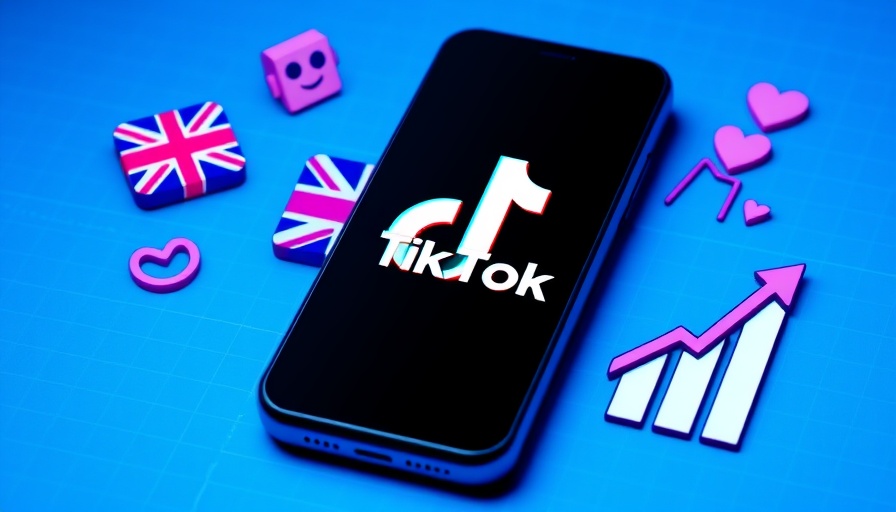
Mastering the Metrics: Tracking Paid Social Media Campaigns
In the fast-paced world of digital marketing, tracking the effectiveness of your paid social media campaigns is crucial. Learning to decipher metrics not only helps gauge performance but also drives strategic decision-making. At our agency, we emphasize the importance of understanding core metrics that can elevate your marketing efforts.
The Importance of Beyond Vanity Metrics
Many marketers find themselves caught up in vanity metrics—those popular figures like likes and impressions. While these numbers provide a superficial sense of success, they often mask the true performance of your campaigns. Instead of focusing solely on fan growth rates, consider the conversion rate. This metric reveals how many interactions led to actual actions like purchases or sign-ups, giving you a clearer view of profitability.
Key Metrics Every Marketer Should Track
Using a comprehensive approach to measure your campaigns can reveal actionable insights. Here are six essential metrics that you need to monitor:
- Click-Through Rate (CTR): This indicates the effectiveness of your ad in directing traffic. A high CTR shows that your content resonates with your target audience.
- Cost Per Click (CPC): Understanding how much you pay for every click allows you to manage your budget effectively. It’s crucial to compare this against the conversion rate.
- Audience Growth Rate: Measure how quickly your audience is expanding instead of just the total number. This reflects your engagement efforts more accurately.
- Cost Per Acquisition (CPA): This metric surfaces the cost incurred to gain a new customer, helping you assess the efficiency of your spending.
- Engagement Rate: This metric tracks interactions—likes, shares, comments—providing insight into how well your content is resonating.
- Return on Ad Spend (ROAS): Ultimately, tracking revenue generated from your ad investment gives you a sense of how successful your overall strategy is.
Building a Data-Driven Campaign Strategy
To keep your campaigns aligned with your business goals, integrate these metrics into a data-driven strategy. Start by setting clear objectives and identifying which metrics directly correlate to them. For instance:
- If your goal is to enhance brand awareness, focus on reach and impressions.
- For conversions, concentrate on CPC and conversion rates.
By establishing these connections, you create a structured approach to evaluate your campaigns.
Developing Effective Content Strategies
Your strategy should extend beyond just tracking. With insights from analytics, apply A/B testing to refine content. This involves changing elements like images, copy, and CTAs to determine what resonates best. Regular refinements based on audience feedback and responsiveness will ensure your content remains compelling and relevant.
Utilizing Tools for Comprehensive Analytics
With a surge in varying analytics tools, leveraging the right software like Google Analytics can enhance your ability to interpret data efficiently. Setting up UTM tracking ensures accurate measurement of your ad performance across platforms. This layered approach to analytics magnifies insights from each campaign.
Risks and Challenges in Digital Marketing Measurement
Despite efforts to track metrics effectively, challenges remain, including discrepancies in data reporting and integrating insights across campaigns. Thus, investing in marketing technologies to consolidate analytics can reduce confusion and streamline decision-making.
Take Action! Start Tracking Your Metrics Efficiently
In conclusion, understanding how to effectively track and analyze paid social media metrics is foundational for marketers aiming to generate meaningful results. Emphasize quality over quantity and pivot to a more data-centric approach. Start implementing these strategies today to see tangible improvements in your campaign performance.
 Add Row
Add Row  Add
Add 




Write A Comment